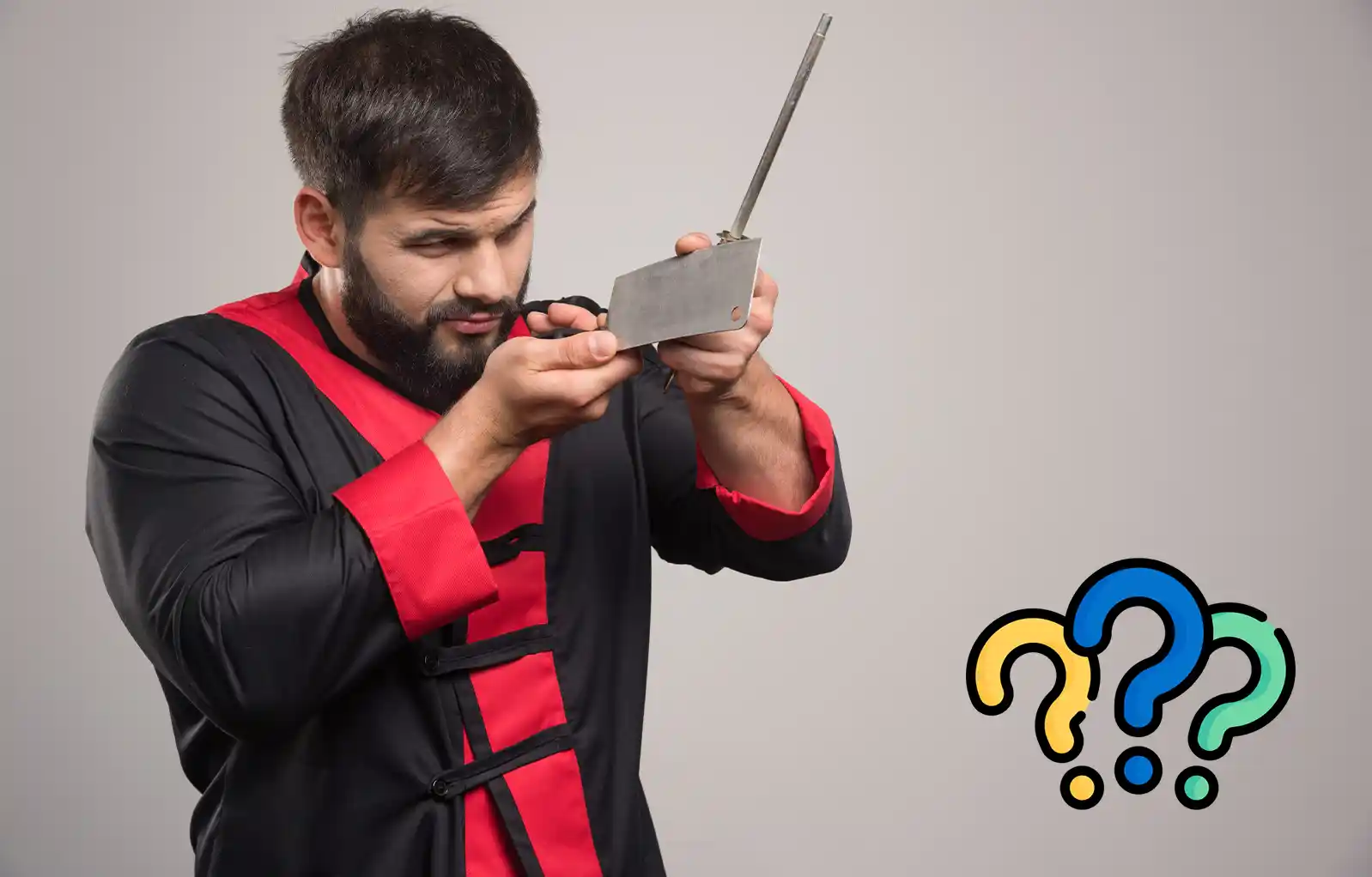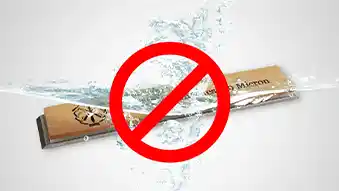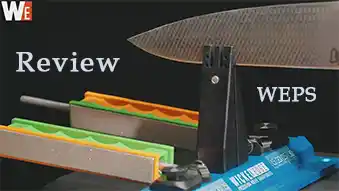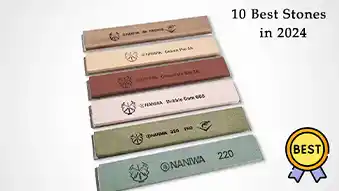Why Is My Knife Not Getting Sharp?
Sharpening a knife can sometimes feel like an endless task. Despite our efforts, achieving that desired sharpness can remain elusive. Let's explore why this might be happening and how to address it.

Identifying the Problem
Customers often reach out to us in frustration, having spent hours sharpening their knives with little success. This can be disheartening and may even lead to abandoning the sharpening process altogether. However, most issues can be resolved with some troubleshooting.
Factors to ConsiderWhen troubleshooting, we focus on three main factors:
- Sharpening at the Correct Angle
Matching the existing angle on the knife is crucial for optimal sharpening results. Whether the angle is high or low, it affects the sharpness of the edge. Sharpening at a higher angle may result in a less sharp edge, while a lower angle can significantly increase the sharpening time.
- Maintaining a Consistent Angle
Consistency is key when sharpening a knife. Avoiding a rocking motion ensures a consistent angle throughout the sharpening process. A rocking motion can lead to a dull, rounded edge, negating the efforts put into sharpening.
- Sharpening All the Way to the Edge
Ensuring that both sides of the knife's edge meet at a line is essential for creating a sharp edge. This involves removing material until the intersection is achieved. Failure to do so means not truly creating an edge, resulting in a lack of sharpness.
To determine if you're sharpening at the correct angle, perform a simple test using a marker to color the bevel of your knife. After a few strokes on a stone, observe where the marker has been removed. If it's above the edge, your angle is too low; if only the very edge is affected, it's probably too high.
Understanding the ImplicationsSharpening at too low or too high of an angle has its consequences. Sharpening at a lower angle requires more time and effort, while a higher angle may result in a dull edge. Finding the right balance ensures optimal sharpness without sacrificing efficiency.
Maintaining ConsistencyAvoiding a rocking motion during sharpening is crucial for maintaining a consistent angle. A slow, steady stroke is more efficient than a fast, jerky one. Simplifying your motion and using tools like the DMT Knife Sharpening Guide can help keep your angle steady.
Ensuring Sharpness to the EdgeAchieving sharpness all the way to the edge is vital for a truly sharp knife. Detecting a burr, or a slight protrusion of metal along the edge, indicates whether you've achieved this. If no burr is present, continue sharpening until both sides meet at the edge.
Optimizing the Sharpening ProcessStarting with the right grit stone is essential for successful sharpening. Using a coarse enough grit ensures the removal of material all the way to the edge. Progressing through different grits allows for refining the edge further.
ConclusionIf you find yourself struggling to sharpen your knife, consider these key factors: sharpening at the correct angle, maintaining consistency, and sharpening all the way to the edge. By addressing these aspects methodically, you can overcome the challenges and achieve the sharpness you desire. Don't give up—perseverance and attention to detail will lead to success in sharpening your knife effectively.
Image by azerbaijan_stockers on Freepik

